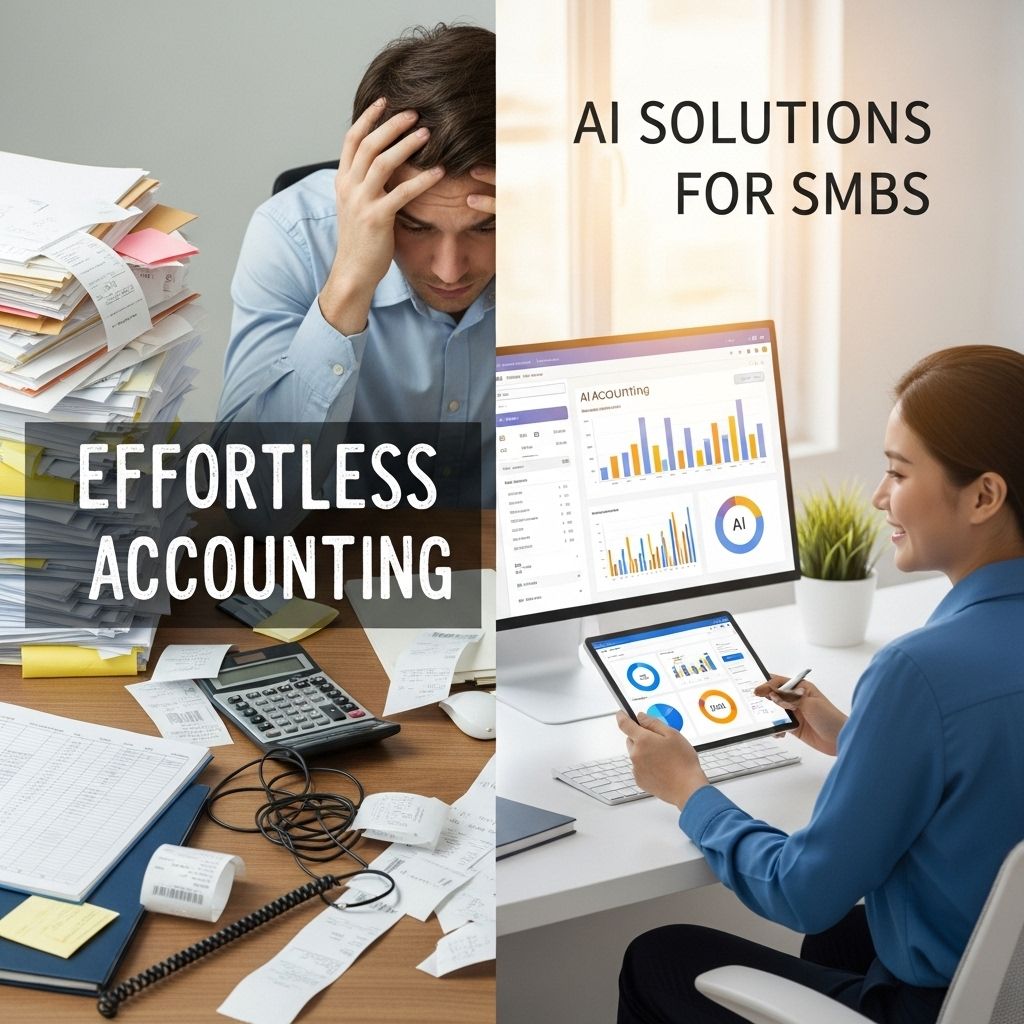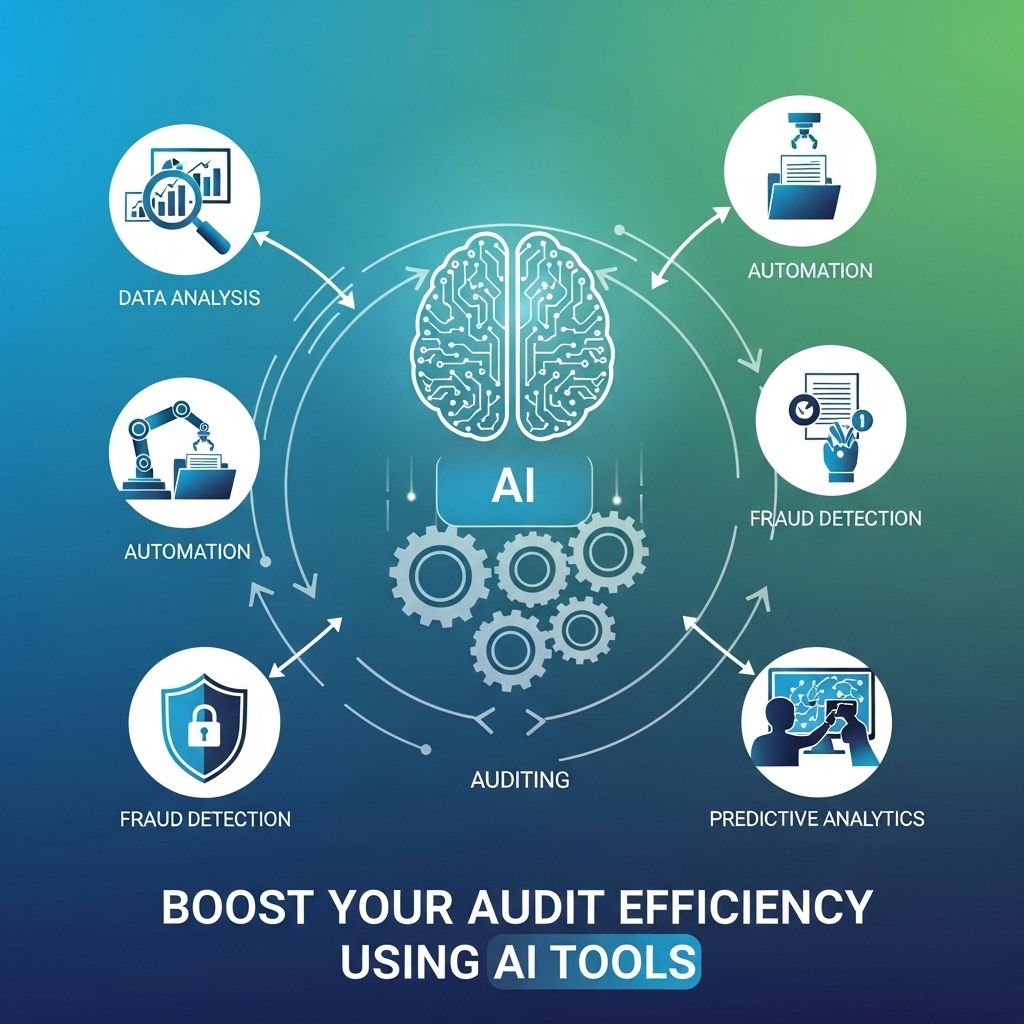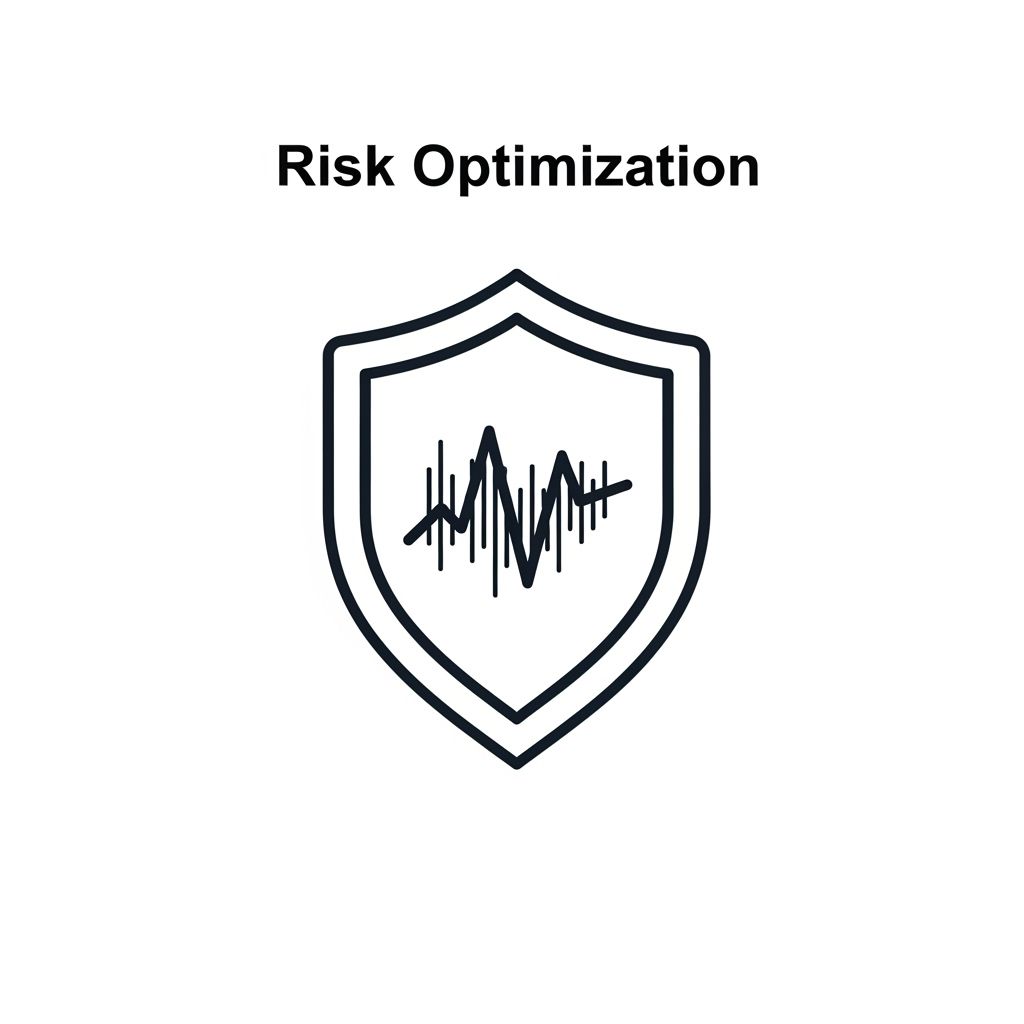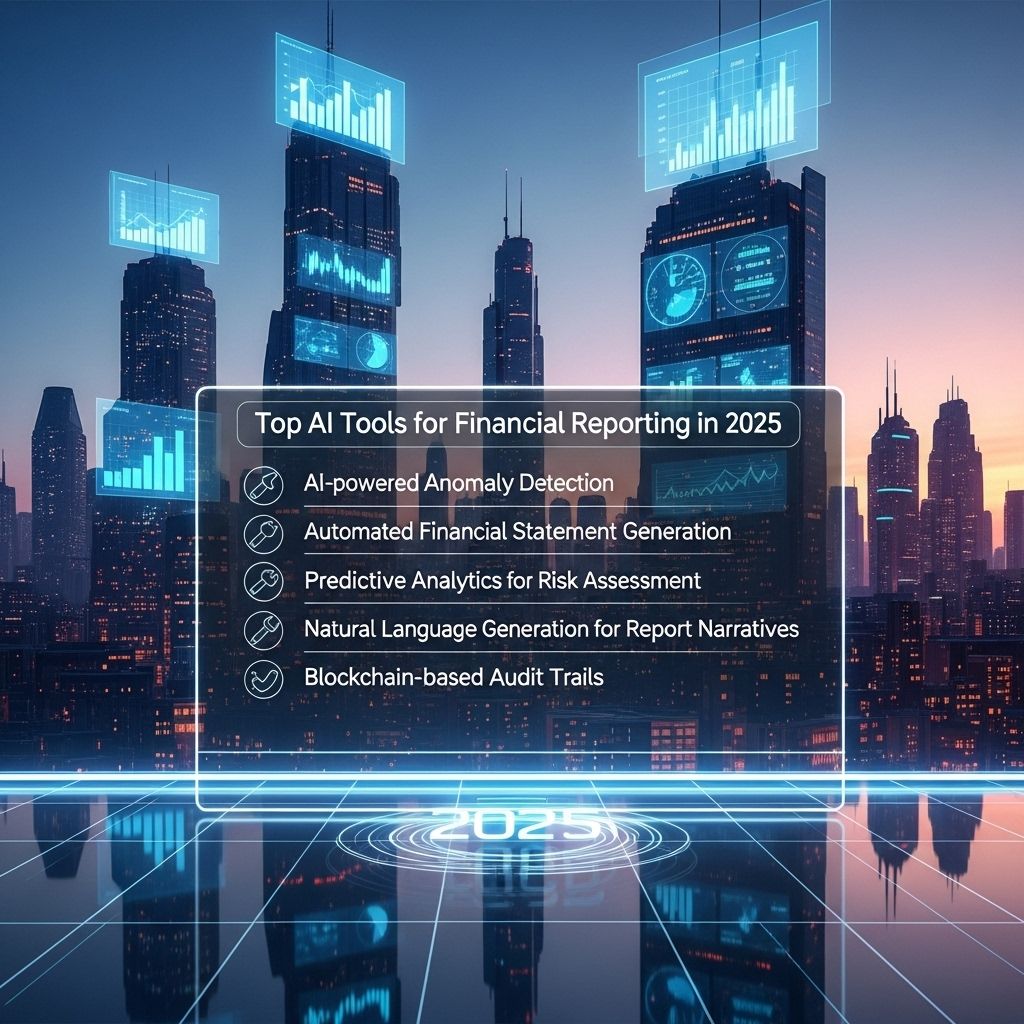Streamline Financial Reporting with AI for SMEs in 2025
Discover how AI can transform financial reporting for SMEs in 2025, improving efficiency and accuracy for better decision-making.
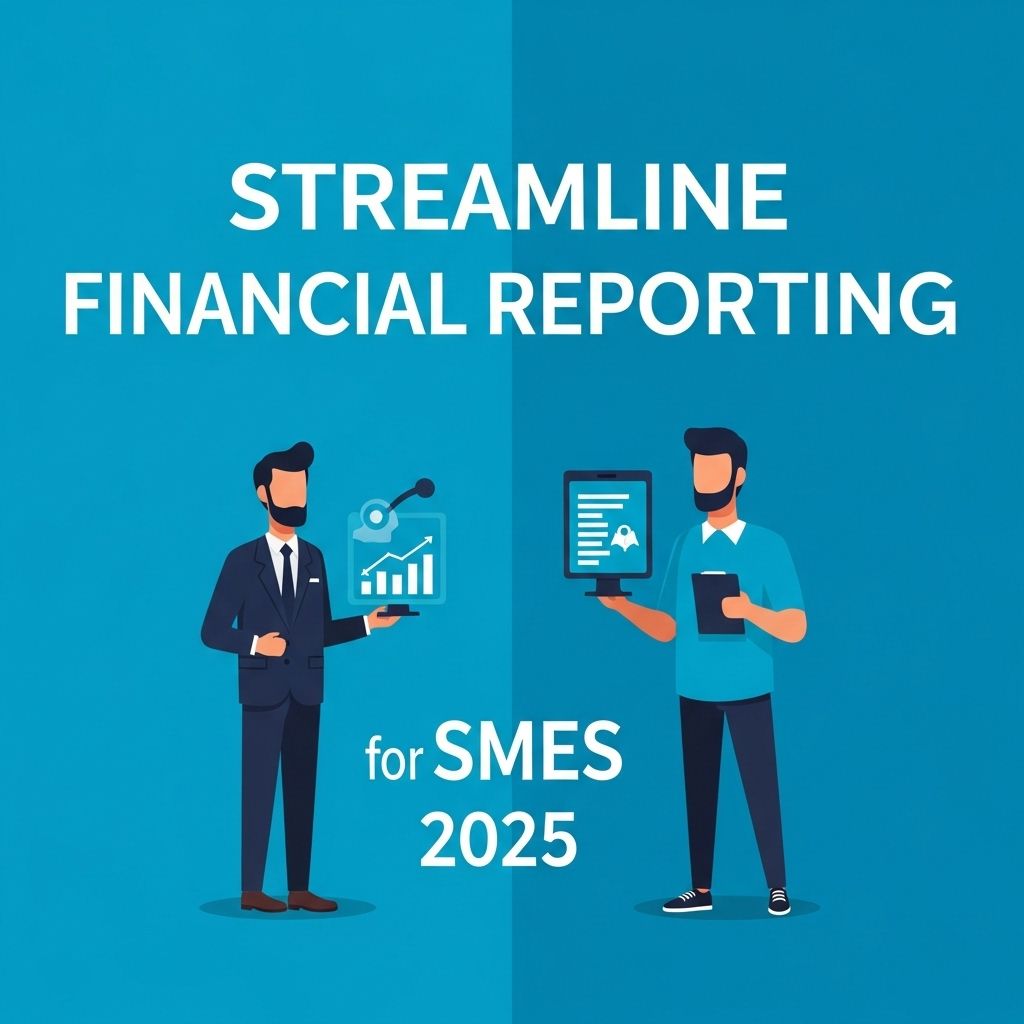
As we delve into the landscape of financial reporting for small and medium-sized enterprises (SMEs) in 2025, it is clear that the integration of artificial intelligence (AI) is transforming traditional practices. This shift is not merely about automation; it is about enhancing the overall financial decision-making process through actionable insights, speed, and accuracy. In this article, we explore how AI can streamline financial reporting, its implications for SMEs, and the strategies to leverage its capabilities effectively.
Table of Contents
Understanding the Role of AI in Financial Reporting
AI is revolutionizing the way businesses approach financial reporting. With the power to analyze vast amounts of data quickly, AI can identify trends, anomalies, and opportunities that may go unnoticed in manual processes. Below are key areas where AI is making significant contributions:
Data Analysis and Accuracy
- Automated Data Entry: AI algorithms can automate the data entry process, reducing human error and freeing up valuable time.
- Real-Time Insights: AI tools can provide real-time analytics, allowing businesses to make informed decisions based on the most current data.
- Predictive Analytics: With machine learning capabilities, AI can forecast future financial trends and help SMEs prepare accordingly.
Benefits of AI for SMEs’ Financial Reporting
Adopting AI tools in financial reporting offers numerous advantages for SMEs:
- Cost Efficiency: Reduced need for manual labor leads to significant savings.
- Improved Compliance: AI can assist in maintaining compliance with regulations by ensuring accurate reporting.
- Enhanced Decision-Making: Data-driven insights empower management to make informed strategic decisions.
Challenges SMEs Face in Financial Reporting
While the benefits are substantial, SMEs may encounter several challenges when integrating AI into their financial systems:
- High Initial Investment: The cost of implementing AI technology can be a barrier.
- Data Quality Issues: The efficacy of AI relies heavily on the quality of the input data.
- Resistance to Change: Employees may be reluctant to adopt new technologies.
Implementing AI Solutions in Financial Reporting
To successfully integrate AI into financial reporting, SMEs should follow a structured approach:
1. Assess Current Processes
Begin by evaluating existing financial reporting processes to identify areas where AI could provide the most value.
2. Choose the Right Tools
There are numerous AI-driven financial reporting tools available. Consider factors such as:
| Tool | Key Features | Pricing |
|---|---|---|
| QuickBooks | Automated bookkeeping, reporting | From $25/month |
| Xero | Real-time data, mobile access | From $11/month |
| Zoho Books | AI insights, customizable reports | From $9/month |
3. Train Your Team
Invest in training programs to ensure that your team is comfortable with the new AI tools and understands their benefits.
4. Monitor and Evaluate Performance
Implement metrics to assess the performance of AI tools and make adjustments as needed to optimize their use.
Future Trends in AI for Financial Reporting
As we look towards the future, several trends are likely to shape AI in financial reporting for SMEs:
Increased Automation
The trend towards full automation of repetitive tasks will continue, allowing financial teams to focus on more strategic roles.
Enhanced Personalization
AI will enable more personalized financial reporting experiences, tailoring insights to the specific needs of SMEs.
Integration with Other Technologies
AI in financial reporting will increasingly integrate with other technologies such as blockchain and IoT, creating a more interconnected financial ecosystem.
Case Studies: Successful AI Integration
Examining real-world examples can provide valuable insights into effective AI integration:
Case Study 1: ABC Ltd.
ABC Ltd., a small manufacturing firm, adopted AI tools to automate its financial reporting process. As a result, they reduced reporting time by 60% and improved accuracy by 95%.
Case Study 2: XYZ Enterprises
XYZ Enterprises implemented AI-driven analytics that helped them identify cost-saving opportunities leading to a 30% reduction in operational costs.
Conclusion
In 2025, the landscape of financial reporting for SMEs will be irrevocably changed by the power of AI. By embracing these advanced technologies, SMEs can not only streamline their reporting processes but also gain a competitive edge in the marketplace. As organizations prepare for this transformation, understanding both the benefits and challenges of AI integration will be crucial in shaping the future of financial management.
It is time for SMEs to take the leap into the future of financial reporting, leveraging AI to unlock new potentials and navigate the complexities of the financial world.
FAQ
What is AI in financial reporting for SMEs?
AI in financial reporting for SMEs refers to the use of artificial intelligence technologies to automate and enhance the processes of collecting, analyzing, and reporting financial data, improving accuracy and efficiency.
How can AI streamline financial reporting for small and medium enterprises?
AI can streamline financial reporting by automating data entry, providing real-time insights, identifying trends, and generating reports quickly, allowing SMEs to make informed decisions faster.
What are the benefits of using AI for financial reporting in 2025?
In 2025, the benefits of using AI for financial reporting include increased accuracy, reduced operational costs, enhanced compliance, and the ability to focus on strategic planning rather than manual data handling.
Is AI financial reporting suitable for all SMEs?
Yes, AI financial reporting is suitable for all SMEs, regardless of size or industry, as it can be tailored to meet the specific needs and capabilities of each business.
What tools or software are available for AI financial reporting in 2025?
In 2025, various AI-powered tools and software are available for financial reporting, including cloud-based solutions that integrate machine learning, predictive analytics, and automated reporting features.
How do I get started with AI financial reporting for my SME?
To get started with AI financial reporting for your SME, assess your current processes, identify the right AI tools that fit your needs, and consider consulting with experts to implement the technology effectively.

